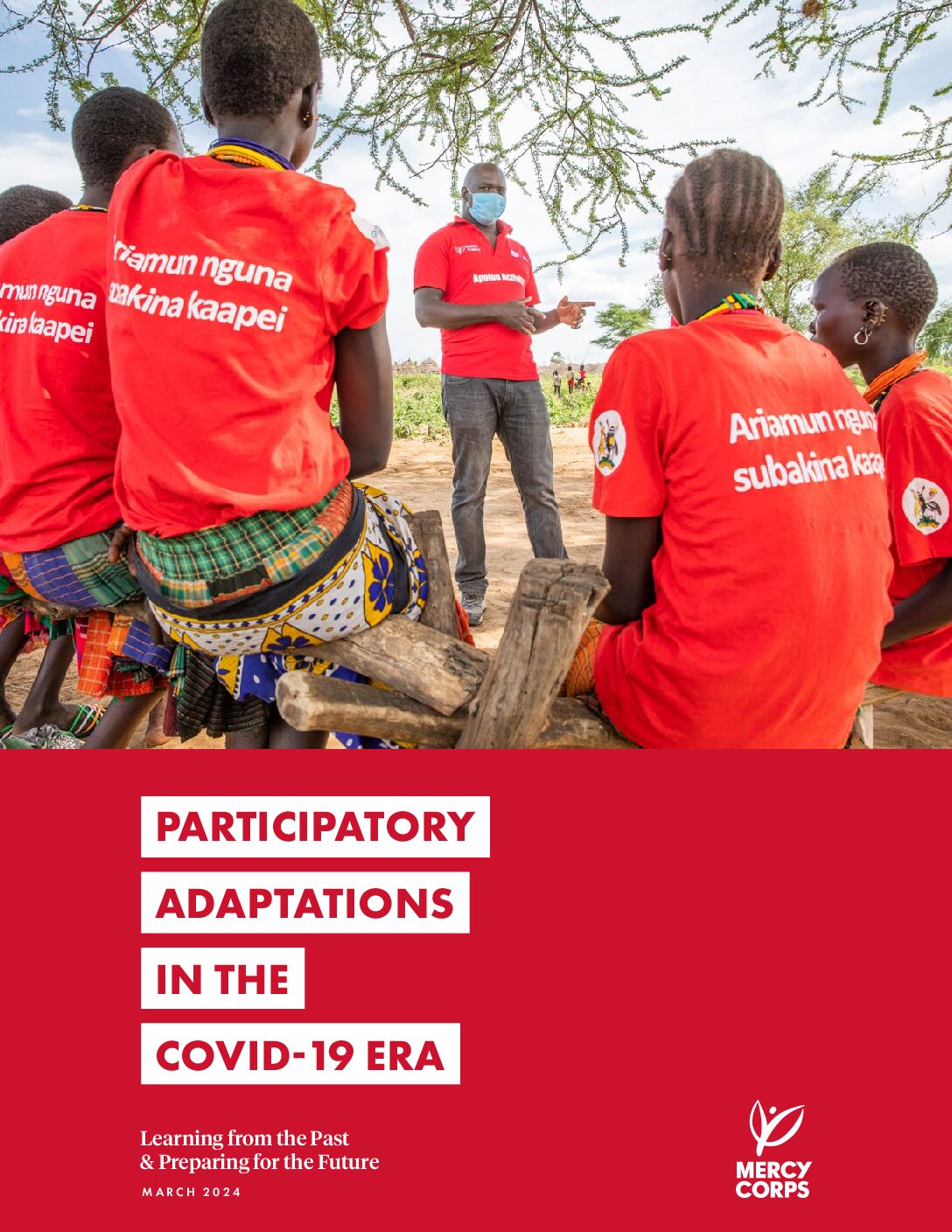Reflecting on Key Strategies for Supporting Participatory Engagement in the COVID-19 Era
Reflecting on the tumultuous impact of the global COVID-19 pandemic on humanitarian efforts, Mercy Corps’ Participatory Adaptations in the COVID Era (PACE) research project offers invaluable insights and identifies four pivotal adaptations employed worldwide during the crisis. These adaptations, ranging from empowering local committee representatives to leveraging technological solutions, provide essential lessons for ensuring the feasibility and improvement of programs rooted in participatory methods. The research underscores the critical importance of continuous investment in adaptive capacity and the role of institutional factors in shaping comprehensive responses.
The 2020 global pandemic strained many humanitarian teams to their limits. As we confront uncertain futures riddled by international conflicts, public health emergencies, and climate crises, integrating the following lessons becomes essential to proactively mitigate harm and maximize benefits for communities:
1. Elevating Committee Representatives as Liaisons: Mercy Corps’ CATALYSE approach facilitated the creation and elevation of committee representatives, selected through democratic processes involving community leaders and local associations. These liaisons received training and guidance, fostering a sense of ownership in program implementation, monitoring, and documentation. However, challenges such as reduced diversity in participation highlighted the need for inclusive decision-making processes.
2. Empowering Local Civil Society Organizations: Empowering local practitioners from Civil Society Organizations proved instrumental in resuming activities swiftly and enhancing community participation. Yet, tensions with community participants underscored the importance of sustained capacity strengthening and authentic partnerships.
3. Deploying Technological Solutions: While technological solutions supported certain tasks, disparities in digital literacy and access emphasized the need for low-tech alternatives and capacity building. Programs deployed various technologies to mitigate accessibility barriers, though digital communication fell short in building mutual trust and partnership.
4. Addressing Needs from Acute Crises: Responding to emergent needs highlighted the importance of robust community structures and donor flexibility, fostering holistic problem-solving and community resilience.
The experiences documented in the PACE study illustrate the transformative potential of participatory and adaptive approaches, particularly when community voices are central to their design and execution. Programs investing in community engagement and capacity strengthening were better equipped to adapt effectively, leading to enhanced local ownership and resilience. As organizations navigate forward, integrating these lessons into programs is crucial, fostering participatory and adaptive approaches to build resilience before the next crisis strikes. By empowering communities and amplifying marginalized voices, we can pave a path toward a more resilient future, especially in the aftermath of acute crises.
